November 6, 2016
Martha O'Kennon
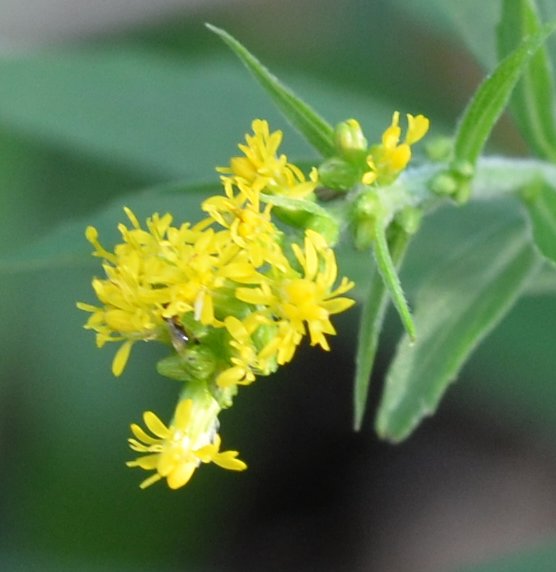

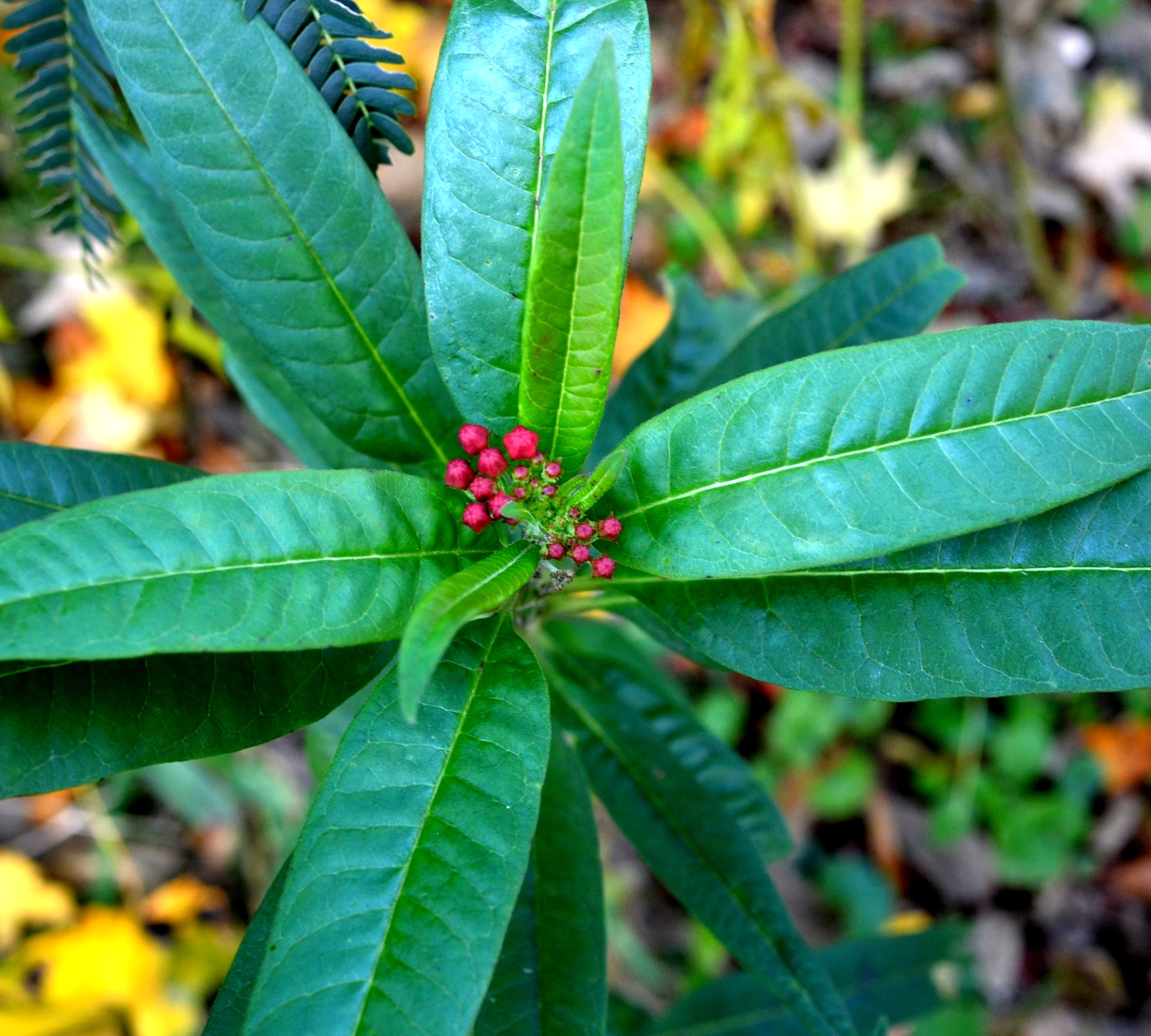
Yes, it's more and more like Fall, although we had a couple of warm days lately. This may have been the last spray of goldenrod, though some critters still gather on the remains. Here's a sign of fall and spring together. This is my neighbors' dogwood in its glorious fall coloring, but with the greyish buds holding flowers for spring. What? The same neighbors still have flower buds in their swamp milkweed!
Remember that there is information in the name of the file for each image. You can see it by mousing over the image - look at the lower left of the screen.
I would try clicking on the image. If the little "+" sign appears, it means you can enlarge again. While it is in "+" mode, click on something you want to see more clearly and it will zoom to that section. Then the info is displayed in the address line above. If the image has been cropped
so that clicking on it doesn't result in a larger picture, you can always hit control-plus to increase the size of the image.
This little black ant was scurrying over a leaf looking for what? Probably anything he/she could find. This tiny one was dragging a dead wasp up the sidewalk, first pulling as in this picture, then pushing from the other end. It was making enough headway for me to see a wasp dragging itself jerkily along. Remember in the spring when the goldenrod and a few other plants were just covered in aphids? What happened to them? Better yet, where is this one (taking a break on the woodshop siding) going for the winter? Maybe they too go underground. It has been a bumper year for ladybugs, though. They probably account for some of the attrition.
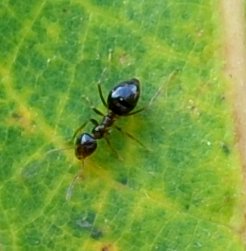
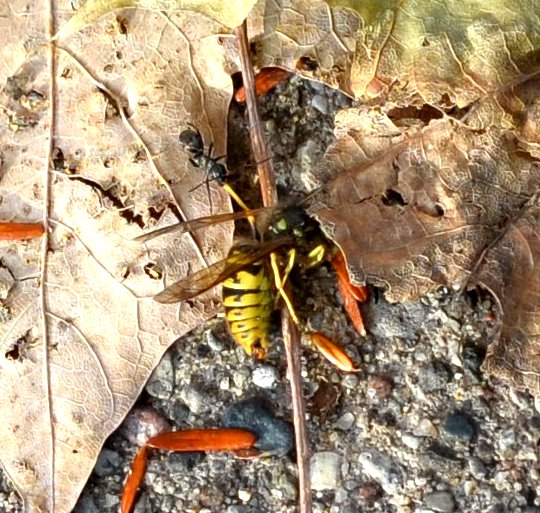
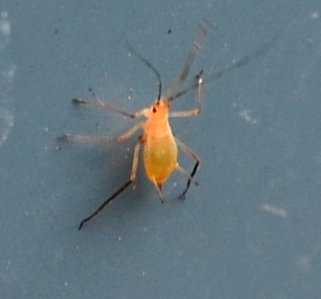
On November 2, this mysterious object was on the siding, and on November 4, there was this one. I was totally mystified yet until I went back and looked at this barklouse. It (or a series of them)must have been emerging from its nymphal shell! I still haven't solved the mystery yet as to why they appear in the spring and then disappear only to return in the fall.
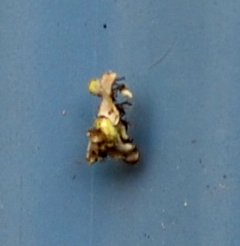


Just to remind you how very many species of barklouse exist, here are two (Polypsocus corruptus and Tricadenotecnum alexanderae) from this week and one other from last week.
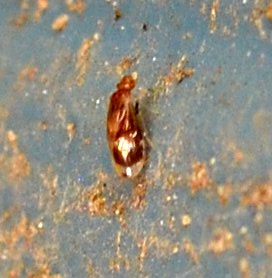
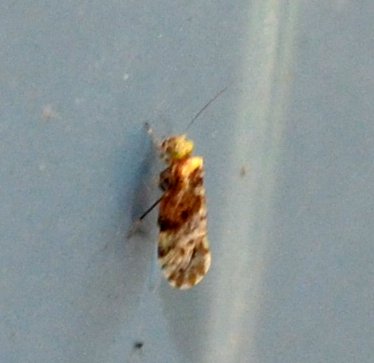
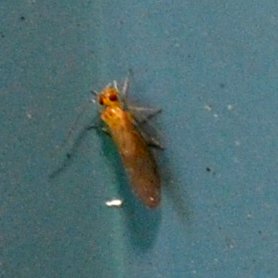
There were a few beetles. Most of them were almost invisible so think of these pictures as promissory notes in case I ever upgrade my camera. I gave one of them a tentative name but really need to do some serious looking up.
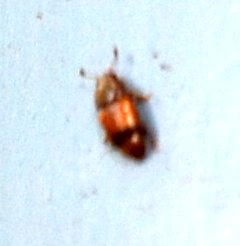
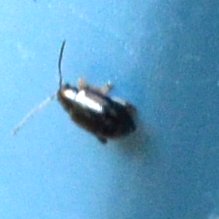

This is another rove beetle, as you can tell because its outer wings are cut off halfway. The second is of course a spotted cucumber beetle.

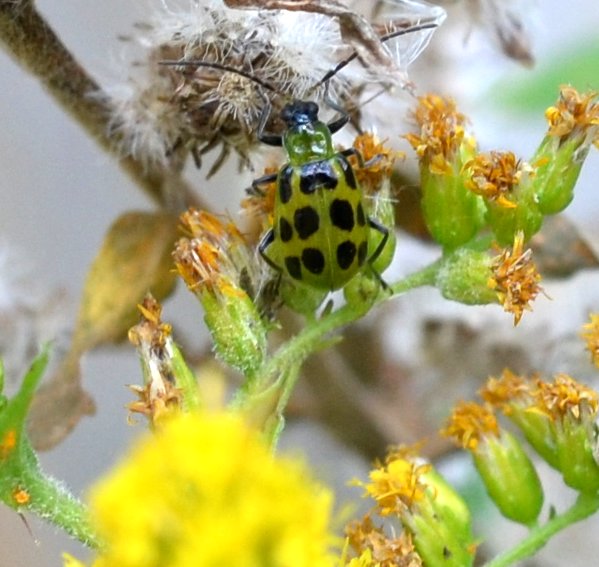
Finally we come to the treasure trove of bugs! Here of course is that same old unidentified black bug (probably genus Drymus). And that too-often seen boxelder bug. This sweet little damsel bug should have been named the dragon bug. It, like the assassin bugs, has a long slurpy-maker that it can impale a nice juicy other critter with.
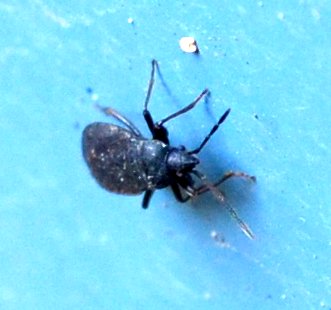
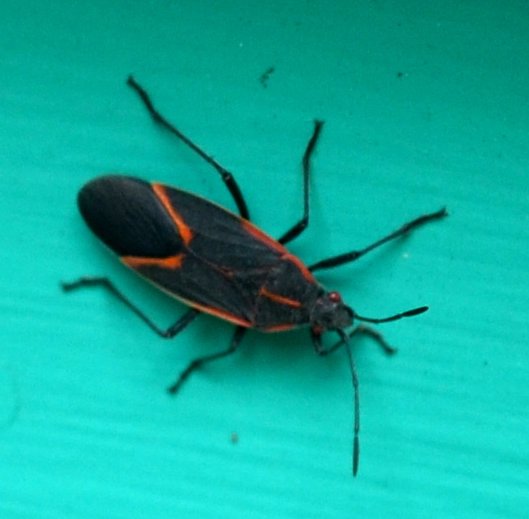
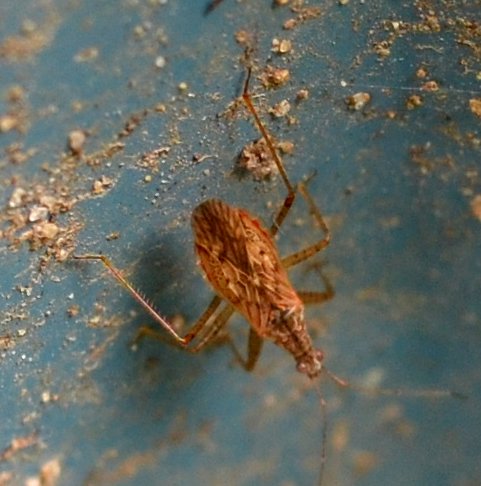
Here is that same pregnant-looking fat bug in what the goldenrod now mostly looks like. And now a barrage of leafhoppers. Here are some of the ones that look absolutely white until you peer at them through the camera lens.
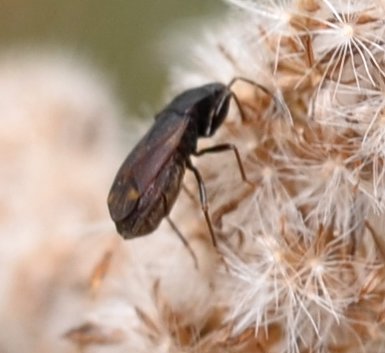
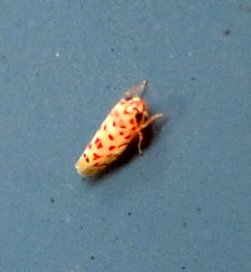
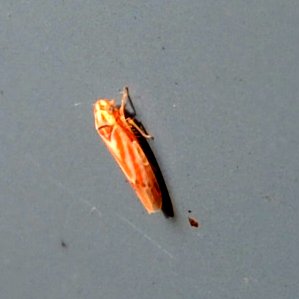
Here is a pretty brown leafhopper, and then a very strangely-shaped one. The spiky legs show it really is a leafhopper though. Believe it or not, this is actually the NYMPH of the Agallia quadripunctata leafhopper! The next one ISN'T showing its spiky legs but it looks like a leafhopper to me.
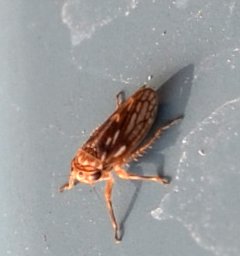
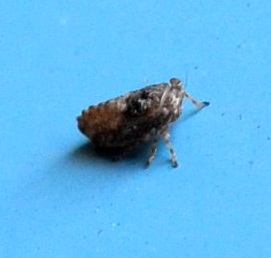
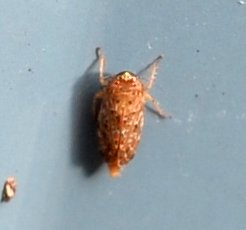
Finally a pretty green one, and that Agallia nymph again, I think, and then your old favorite is back! With a mate! And you were so worried that they were all gone!

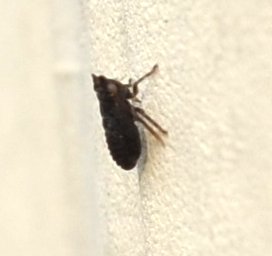
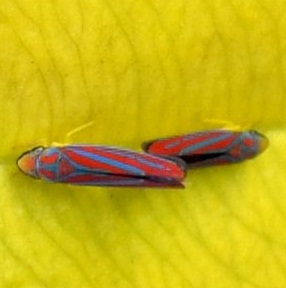
A Lygus plant bug. And a sand-colored bug, maybe a stink bug, but the sand is such a good camouflage, I can't tell!
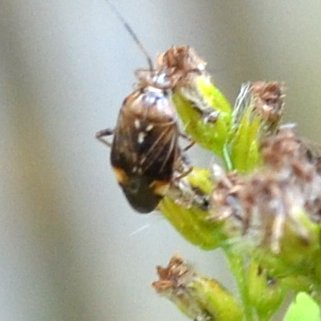
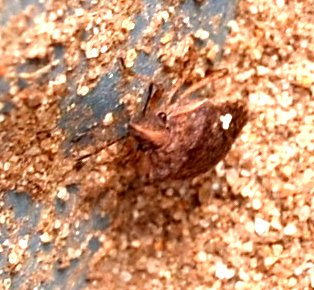
Here is that little silky-cased critter. They have been actively climbing up the siding dragging their case with them. Next shows a case made of stones. I managed to get some short film clips of their progress if only I can remember how to gif-ify it. And while we're at it, here is a nice cat meowing at me through her screen.
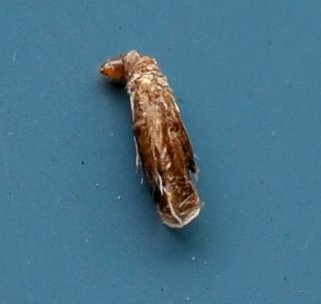


Just a couple more little mysteries before we start in on the nice flies. This one looks like something I thought was a winged ant last year, but turned out to be a hymenopteran called a Diapriid, a kind of parasitic wasp. Here's half the shell of something that emerged from it. And a mysterious thing that looks sort of like a dugout canoe. And a thing that could be a member of the Animal Kingdom, but I don't know!
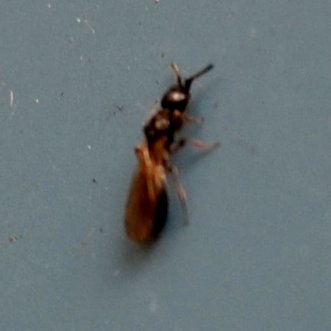
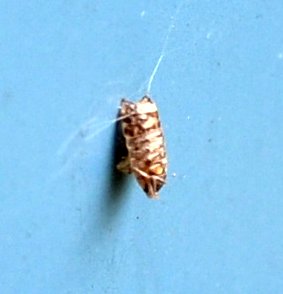
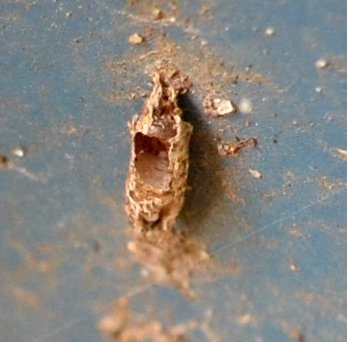
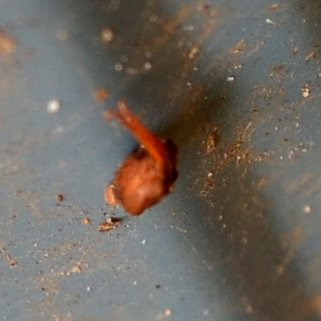
How about some nice scenery? Here's a new plant in the neighbors' milkweed bed. And what I think is a kind of Euphorbia. I planted the dang thing years ago and now it makes babies all over the other stuff. And here's what the epimedium (Bishop's Hat) looks like in fall!

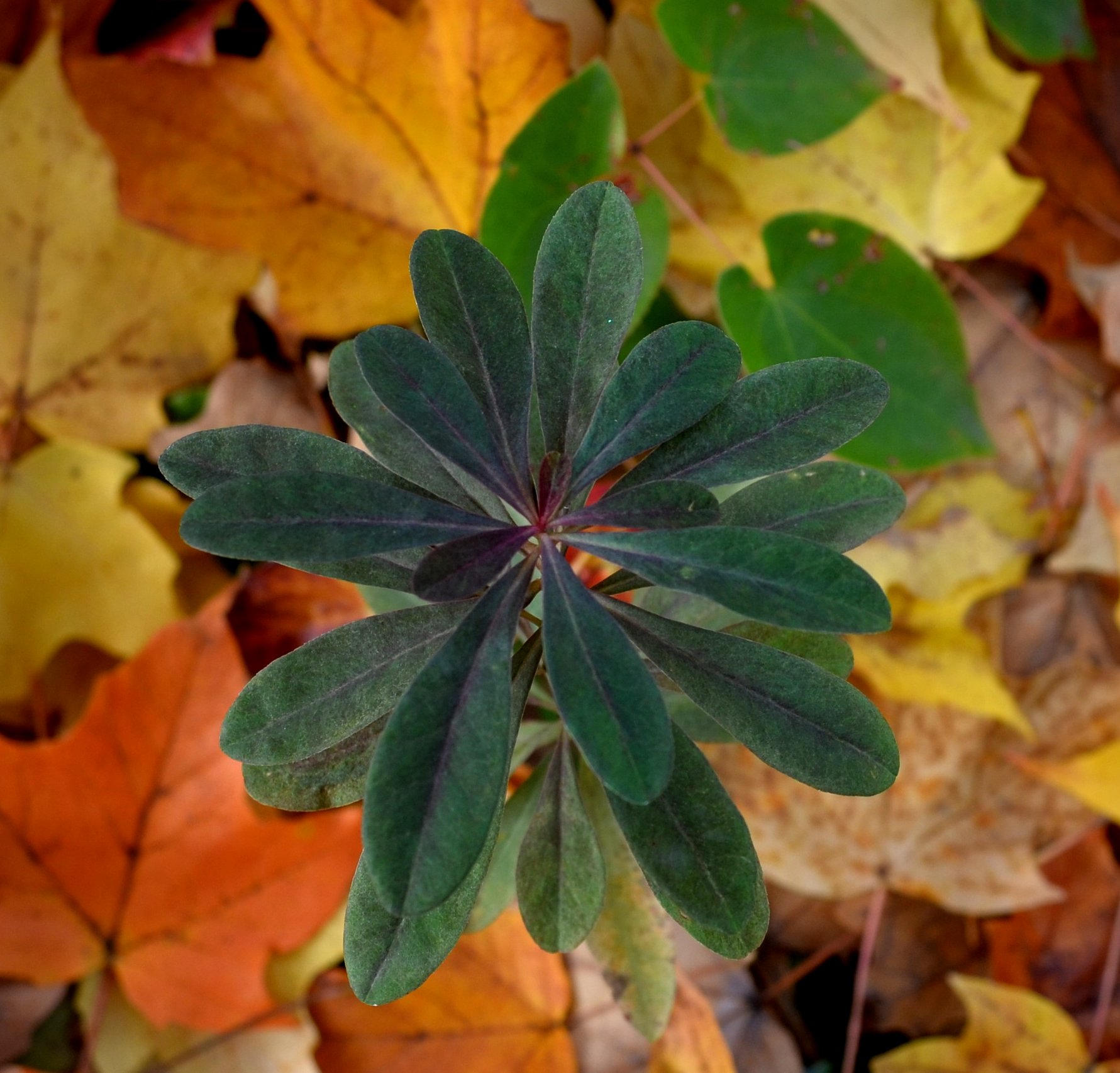
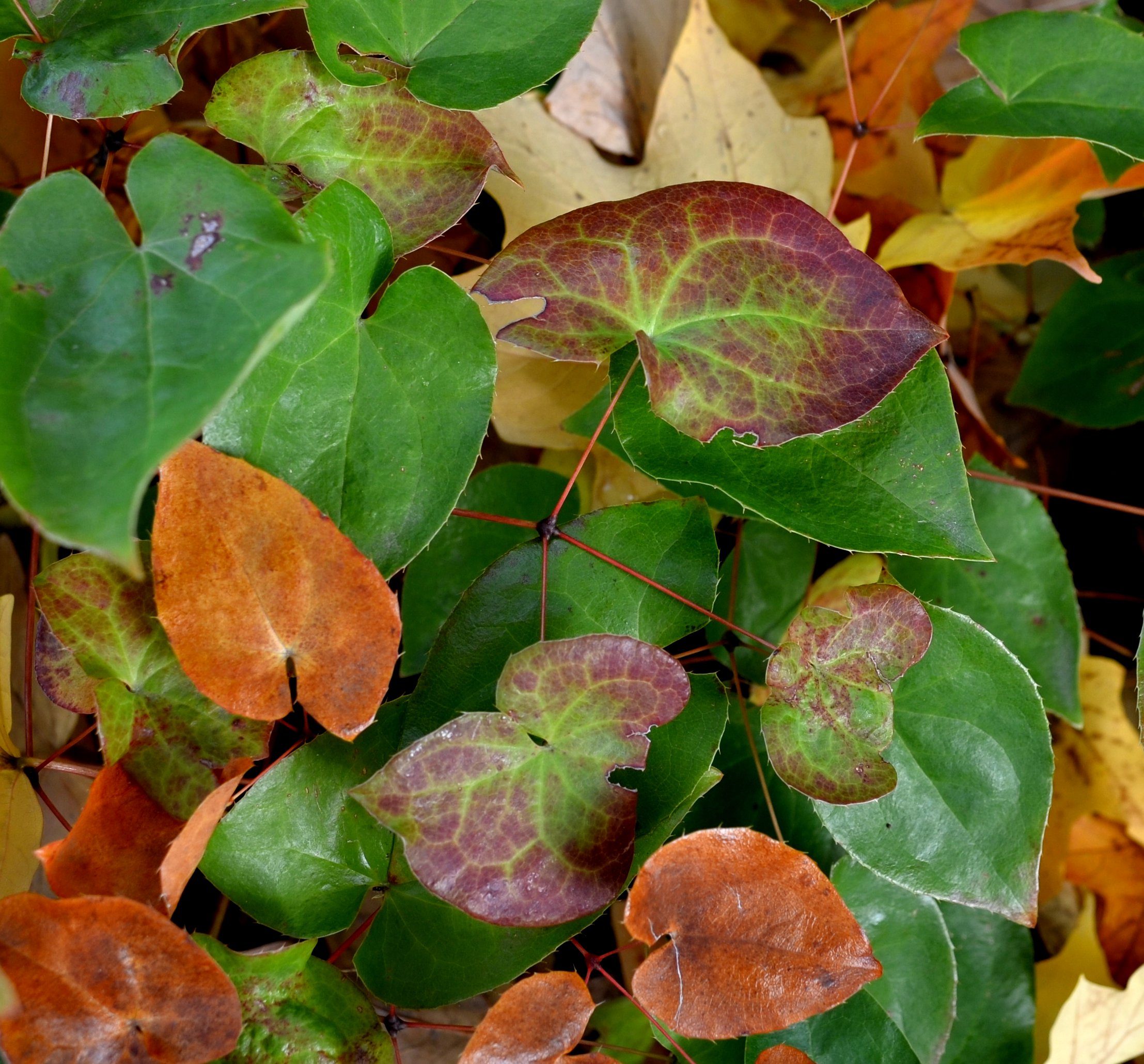
These little guys are everywhere! They're some of the March fly family but this isn't March! Their wings are very reflective and refractive (making the rainbow colors) too. Remember back in the spring when these were mating? The Sarcophagi are still with us. They must be finding lots of dead bugs around this time!
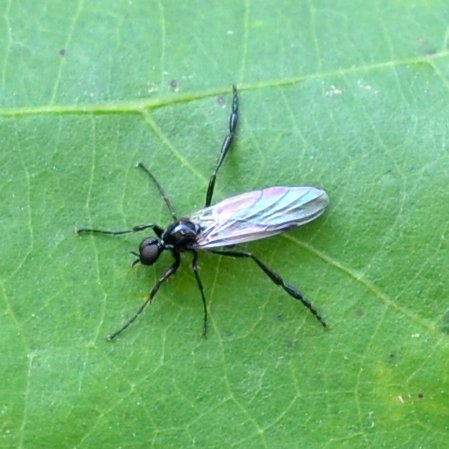
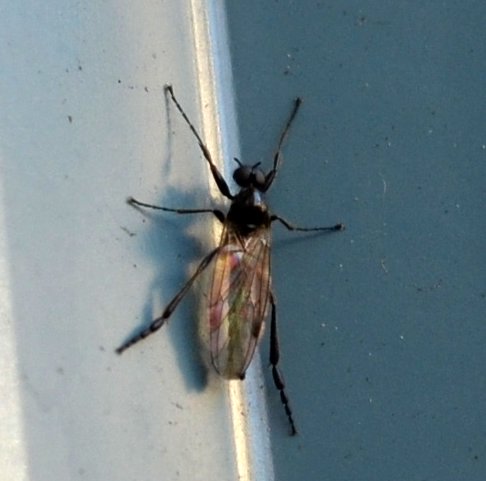
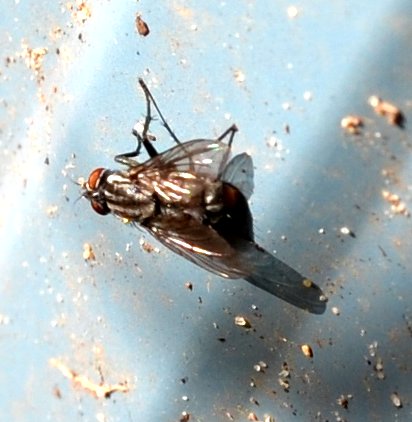
This is the crane fly I like so much - with its seemingly block-printed design. The next one could be a wood gnat or a foreshortened crane fly. The last one is probably a dark-winged fungus gnat.
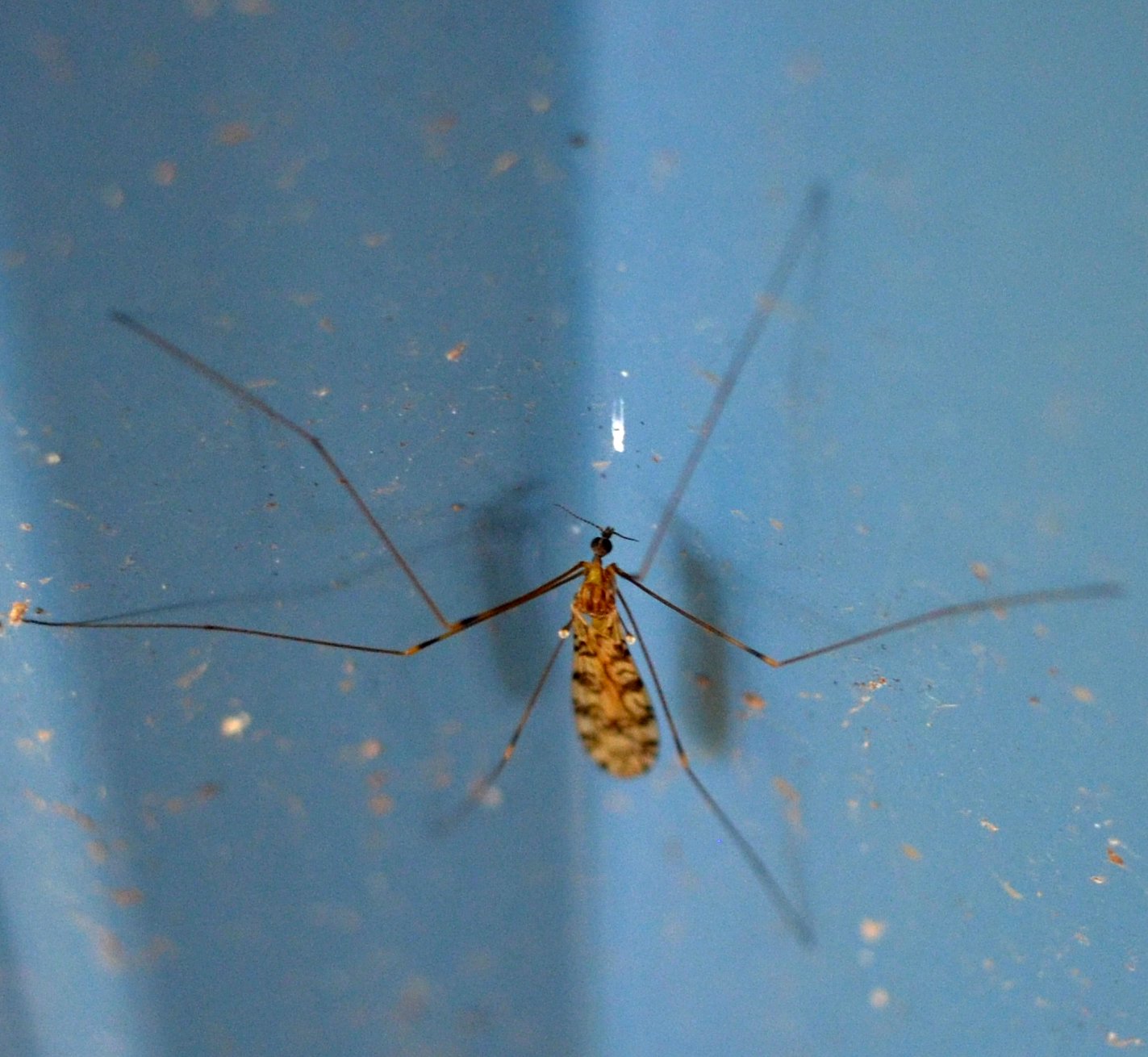
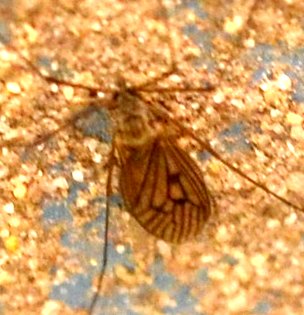
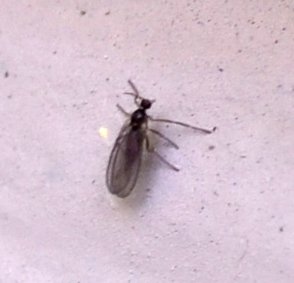
Here's a really pretty red-eyed fruit fly of some kind. The next is a relative. It seems to be waiting for its supper to come up (you know what I mean!) over a hill. This tiny one may also be a relative.
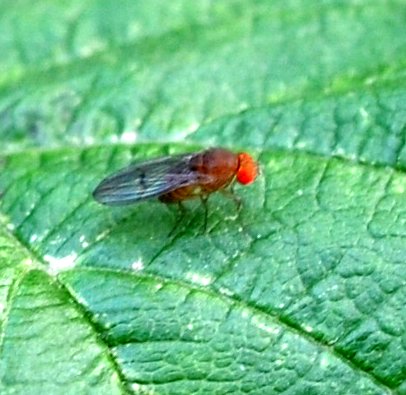
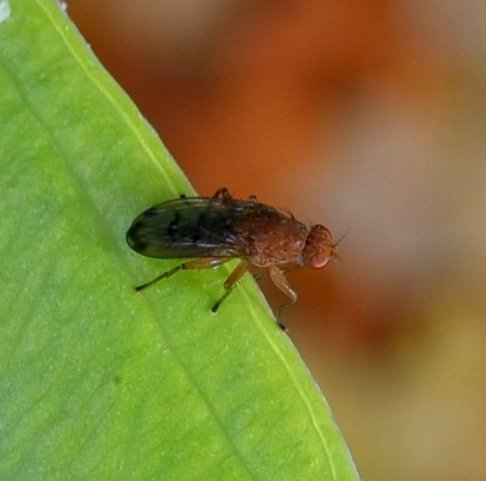
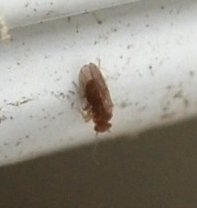
At first I thought this was some kind of mosquito but the hugely (bigly) long legs tell me the truth is somewhere off there. Bugquide.net has pictures that look close. This may be the way to distinguish mosquitos from crane flies when the size difference isn't enough. I've been glibly saying that those white bands on, for instance, this last mosquito mean Aedes. The truth is that Aedes has white bands, but not all mosquitoes with bands are Aedes. Lastly, this one with its back to us cherishes his anonymity.
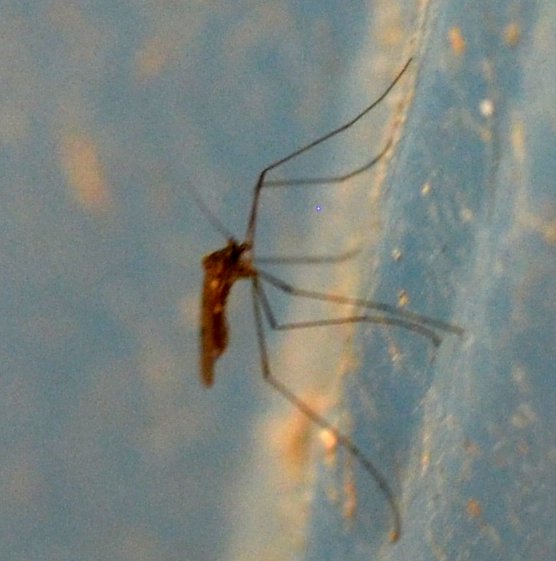

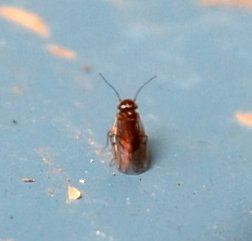
A couple of harvestmen are still around. In fact their babies are becoming more frequent. I haven't been seeing the ones with all the pretty red bits, but a couple of frequent ones are still out on this balmy November day. The last one is a baby. Why are there so mamy baby harvestmen around now? I don't know, but the same pattern was happening in November 2015.
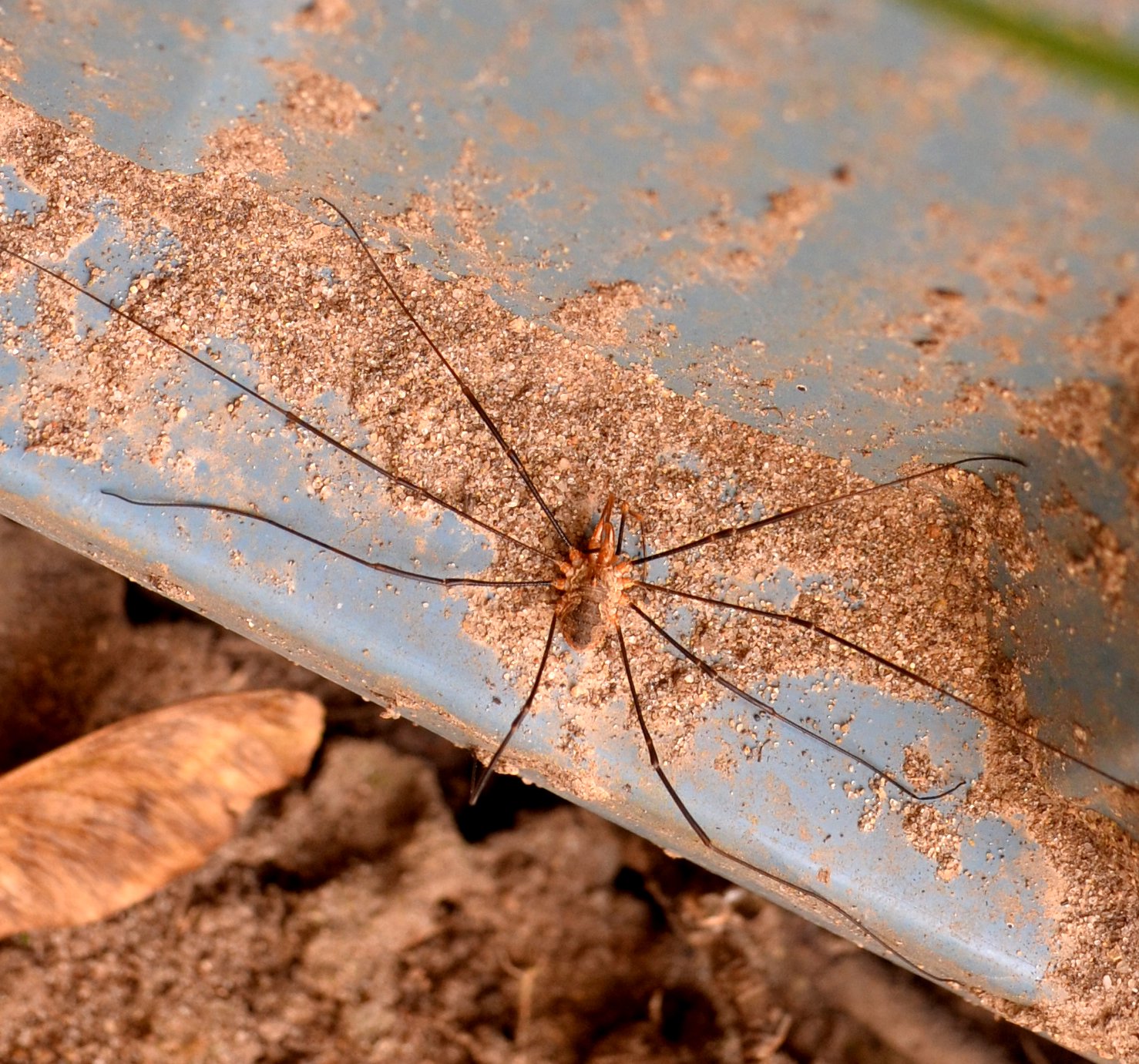
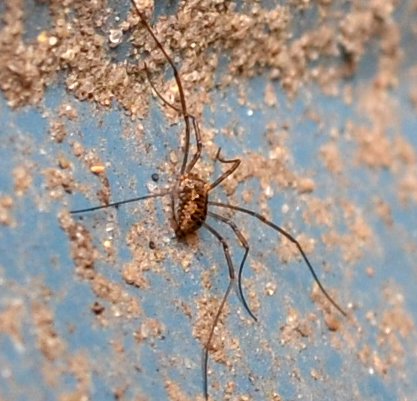
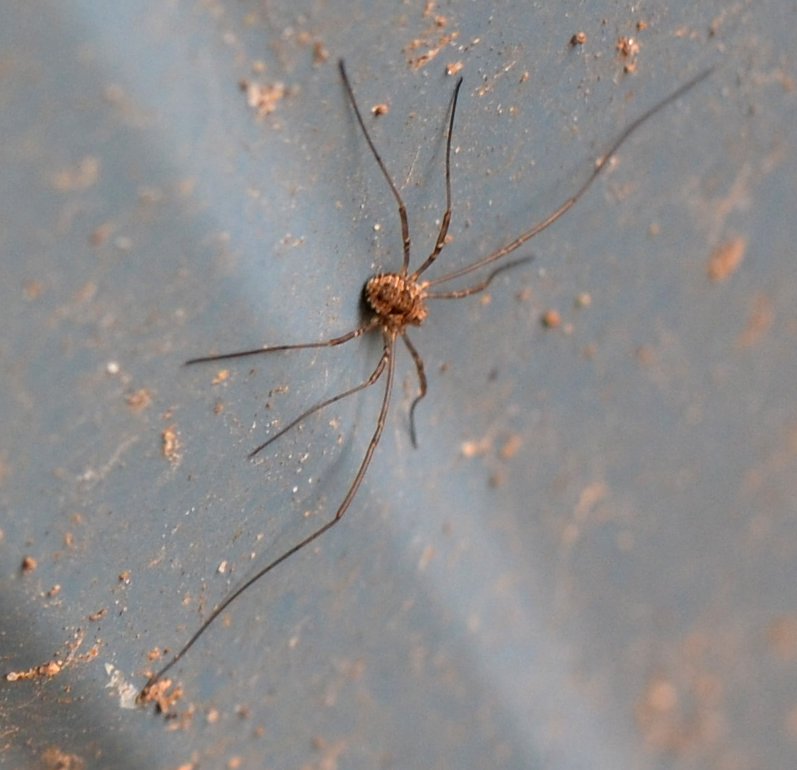
Here's a brown lacewing. We've been seeing them every few days. This larva-like thing may be the animal inside that silken case, just emerging. Oh, let's face it, that was a big guess! And this mystery object that we saw last week - still a mystery!

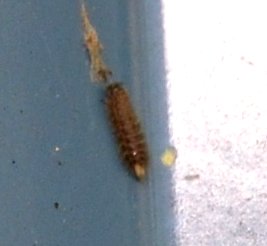
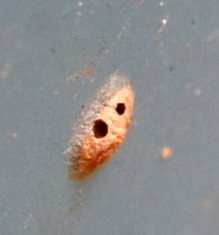
The common house spiders range from the tiny to the large. This is an adult female. This little one has a big ant as prey. But this last one is one I had never heard of before I looked up its picture. It is so-called woodlouse hunter (No, a Broad-headed Sac Spider). I had to look up woodlouse and found yet another name for a pillbug.
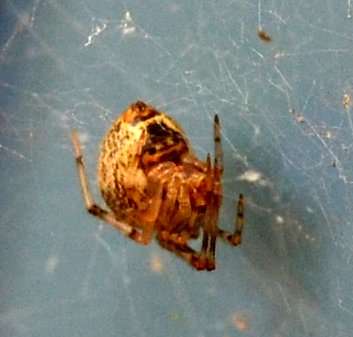
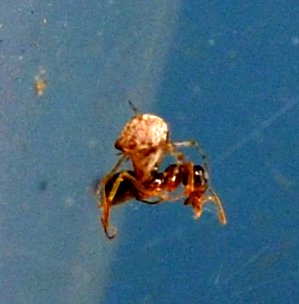
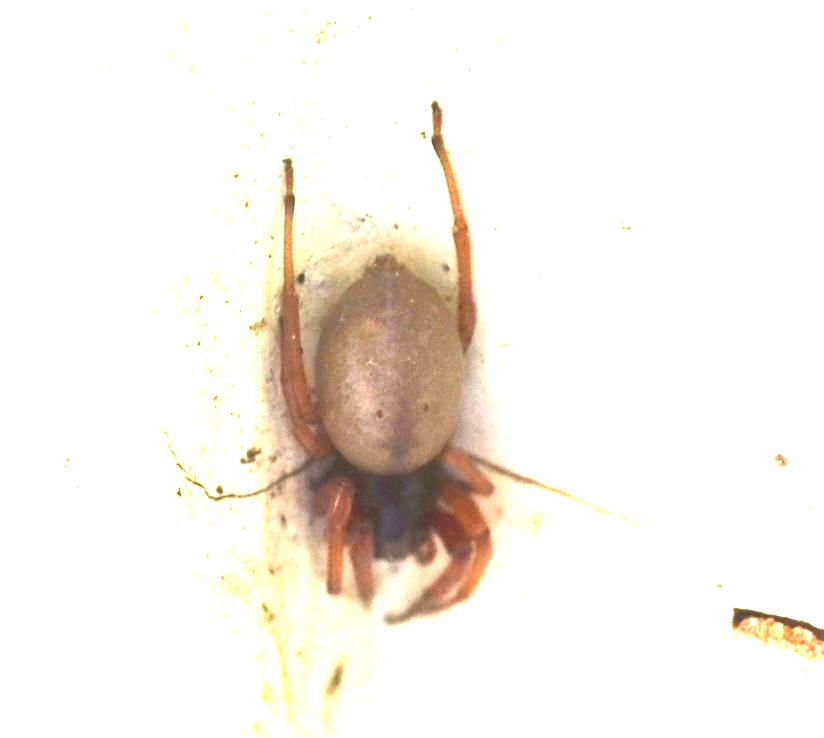
Many grass spiders still can be found. Some, like this one, are just YUGE. There were a couple of jumping spiders too, but I didn't get very good pictures of them. I think #2 here is NOT one. If you've visited Albion, you will recognize this big black squirrel, who was sitting in the spruce helping to get rid of some of the seedcones.


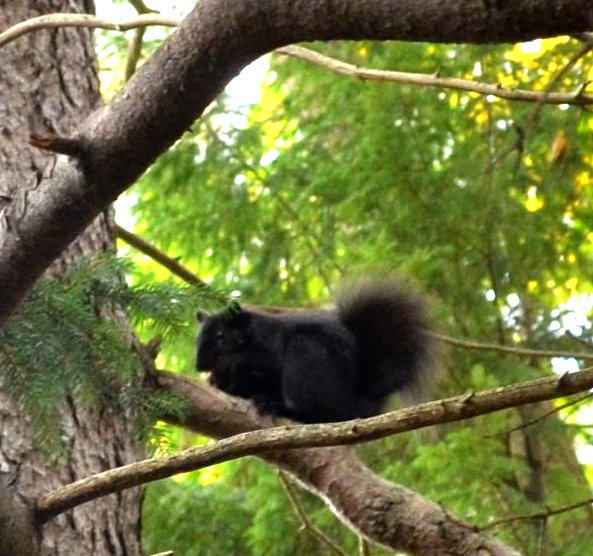
Here is a wasp of some kind, probably a braconid or an ichneumon. It has obviously caught a small prey. The next three views are of an Eastern Yellowjacket, Vespula maculifrons, that I found dead on the handrail. I went through Buck et al, down through the Vespulas, but did not identify it until this morning, just ready to send this out, I found the culprit in a list of male dorsal variations on p. 333, and the closest matching face on p. 332.
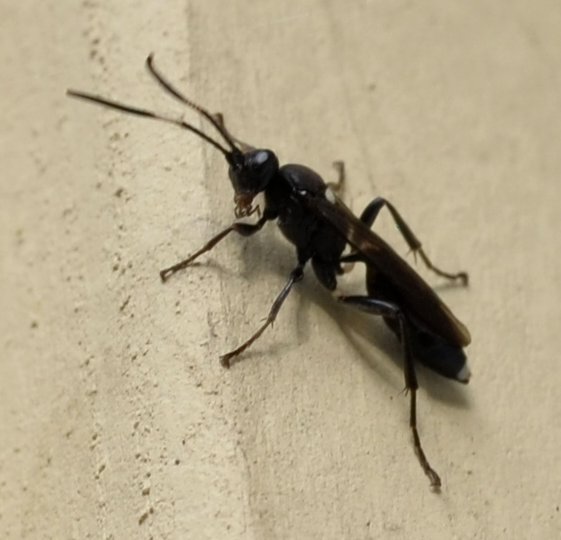
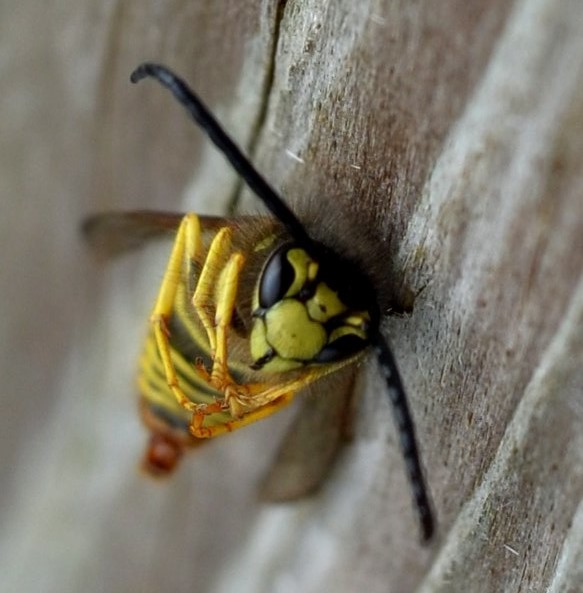
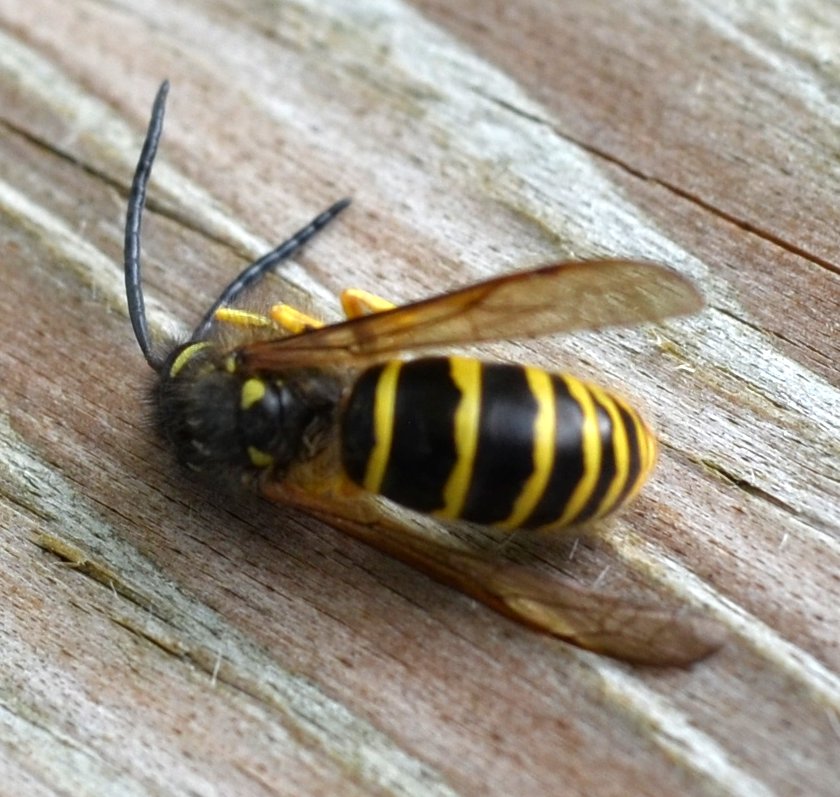
You can download this book in pdf form from Academia.edu. It is
Canadian Journal of Arthropod Identification No.5 (February 2008) BUCK ET AL.
Identification Atlas of the Vespidae (Hymenoptera,
Aculeata) of the northeastern Nearctic region
MATTHIAS BUCK, STEPHEN A. MARSHALL and DAVID K.B. CHEUNG
Department of Environmental Biology, University of Guelph, Guelph, Ontario, N1G 2W1,
Canada. E-mail of corresponding author: mbuck@uoguelph.ca
Well, Fall may be here but life is going on in Bugland. Welcome to come and trudge around with me! Till later,
Love, Martha
Back to October 30
On to November 13
Back to 2016 menu
Back to main menu
copyright Martha O'Kennon 2016






































































